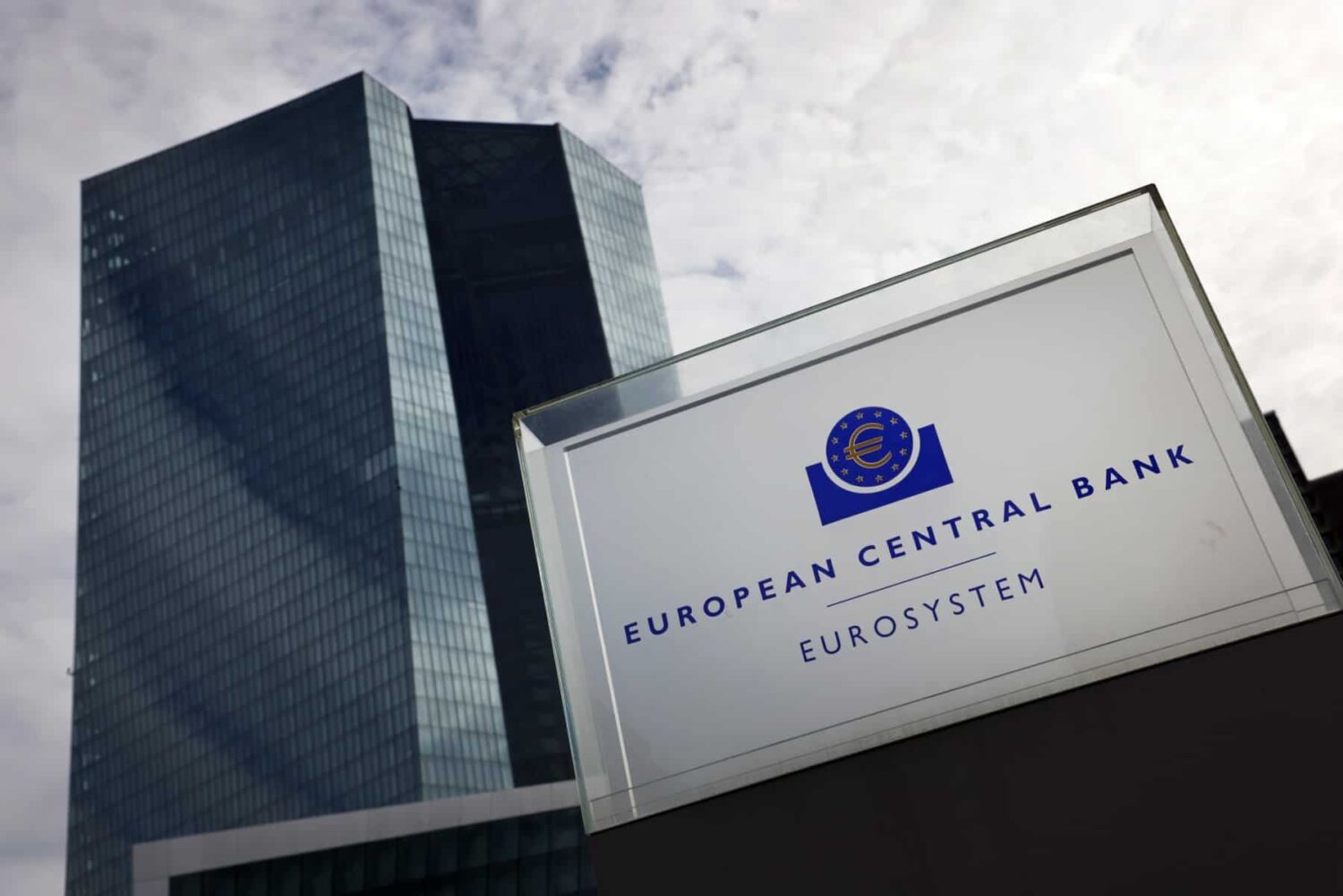BRUSSELS, BELGIUM – Economic growth in the eurozone accelerated in March and hit a 10-month high, according to a closely watched survey published on Friday, despite turmoil in the markets and concerns over banks.
The S&P Global Flash Eurozone purchasing managers’ index (PMI) showed the indicator at 54.1, up from 52.0 in February, thanks to the services sector.
A reading over 50 represents growth in economic activity.
Recession fears are receding in Europe after worries of a difficult winter due to sky-high energy prices following Russia’s invasion of Ukraine last year.
Inflation remains much higher than policymakers’ target but eurozone consumer prices have also fallen in recent months after a record high of 10.6 percent last October.
There has been turbulence in global stock markets in recent weeks, however, over fears of a crisis in the banking system, but businesses remained optimistic.
“The survey is consistent with GDP growth of 0.3 percent in the first quarter, accelerating to an equivalent rate of 0.5 percent in March alone,” said Chris Williamson, S&P’s chief business economist.
“Business confidence is also so far showing encouraging resilience in the face of further interest rate hikes and the uncertainty caused by recent banking sector stress,” he added.
Hopes will also be raised by better figures coming out of Europe’s biggest economies.
Germany, the single currency area’s largest economy, saw the composite PMI rising from 50.7 in February to 52.6 the following month, S&P Global said.
In France, where activity is driven by domestic consumers and services, output also rose faster from 51.7 in the previous month to 54.0 in March.
“Overall, today’s data paint a resilient near-term picture for the European economy, but the weakness in business expectations suggests the outlook for H2 remains challenging,” Paolo Grignani, senior economist at Oxford Economics, said in a note.








